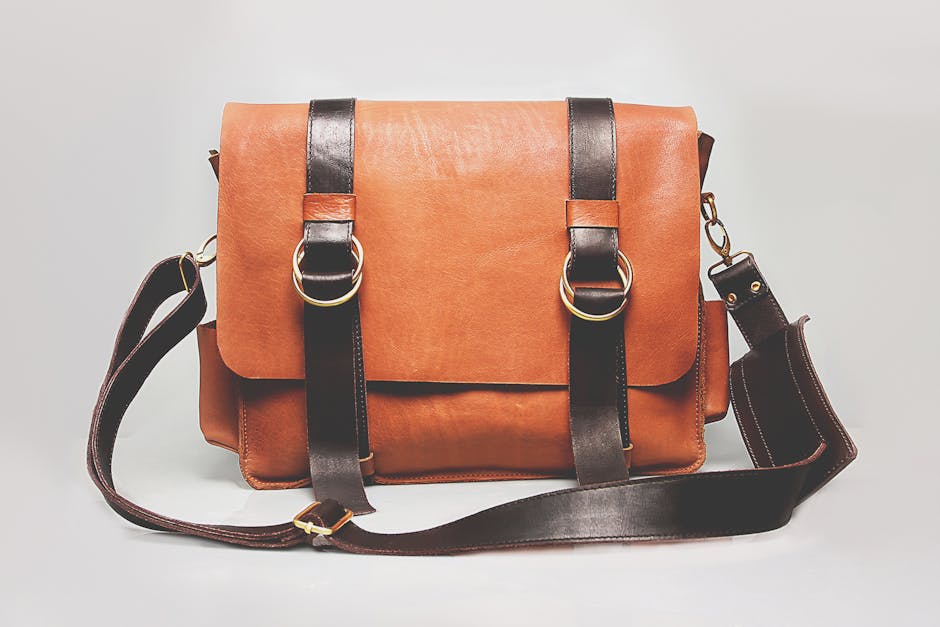Textures
Introduction
Textures are all around us, enriching our sensory experience and adding depth to the world we perceive. From the smooth coolness of glass to the rough bark of a tree, texture provides vital information about an object’s surface. This article explores the different types of textures, their importance in various fields, and how understanding them can enhance your appreciation for art, design, and the natural world.
Exploring Different Types of Textures
Visual Texture
Visual texture, also known as implied texture, refers to the illusion of texture on a flat surface. It is created through the use of techniques like:
- Line: Using varying line weights and densities to suggest roughness or smoothness.
- Color: Applying different colors and tones to create the illusion of depth and texture.
- Value: Utilizing a range of light and dark values to simulate the feel of a textured surface.
- Pattern: Repeating motifs or designs to evoke a sense of texture.
Visual textures are widely used in painting, drawing, graphic design, and photography to add visual interest and realism.
Tactile Texture
Tactile texture, also known as actual texture, is the physical feel of a surface. It can be experienced through touch and can be described as:
- Rough: Having an uneven or coarse surface, like sandpaper or brick.
- Smooth: Having a flat and even surface, like glass or polished metal.
- Soft: Yielding easily to pressure, like cotton or velvet.
- Hard: Resistant to pressure, like stone or wood.
- Bumpy: Having raised areas or protrusions.
- Prickly: Having sharp points or spines, like a cactus.
Tactile textures play a crucial role in sculpture, architecture, and product design, influencing how we interact with objects and spaces.
Abstract Texture
Abstract textures are not based on real-world surfaces but are instead created from imagination or experimentation. They can be:
- Organic: Resembling natural forms or patterns.
- Geometric: Composed of precise shapes and lines.
- Random: Lacking a defined structure or pattern.
Abstract textures are often used in art and design to evoke emotions, create visual interest, or represent abstract concepts.
Simulated Texture
Simulated texture is a technique where one material is made to look like another through painting, printing, or other surface treatments. Examples include:
- Faux finishes: Painting techniques that imitate the appearance of materials like marble, wood, or stone.
- Wood grain printing: Printing a wood grain pattern onto a less expensive material, like metal or plastic.
- Textured wallpaper: Wallpaper with a raised surface that simulates the feel of fabric or other materials.
Simulated textures are commonly used to achieve a certain aesthetic at a lower cost or to create special effects.
The Importance of Texture in Different Fields
Art and Design
Texture is a fundamental element of art and design, used to create visual interest, depth, and realism. Artists and designers utilize texture to:
- Enhance the tactile quality of their work.
- Evoke emotions and create a specific mood.
- Add contrast and visual complexity.
- Guide the viewer’s eye and create focal points.
Fashion
The texture of fabrics plays a significant role in fashion design, influencing the look, feel, and drape of clothing. Different textures can be used to:
- Create different silhouettes and shapes.
- Add visual interest and personality to an outfit.
- Communicate a specific message or style.
- Provide comfort and functionality, such as warmth or breathability.
Interior Design
Texture is crucial in interior design for creating a balanced and inviting space. Designers use texture to:
- Add depth and dimension to rooms.
- Create a sense of warmth and comfort.
- Define different zones and areas within a space.
- Add visual interest and personality to a room.
Photography
Texture adds realism and visual interest to photographs. Photographers use lighting and composition to emphasize the texture of subjects and create compelling images. Focusing on textures helps to:
- Capture the essence of a subject.
- Highlight details and patterns.
- Convey a sense of depth and dimension.
- Create mood and atmosphere.
Conclusion
Understanding textures allows us to appreciate the rich sensory experiences that surround us. Whether in art, design, fashion, or the natural world, texture plays a vital role in shaping our perceptions and influencing our emotions. By recognizing and appreciating the diverse types of textures, we can enhance our visual literacy and develop a deeper understanding of the world around us.














Post Comment